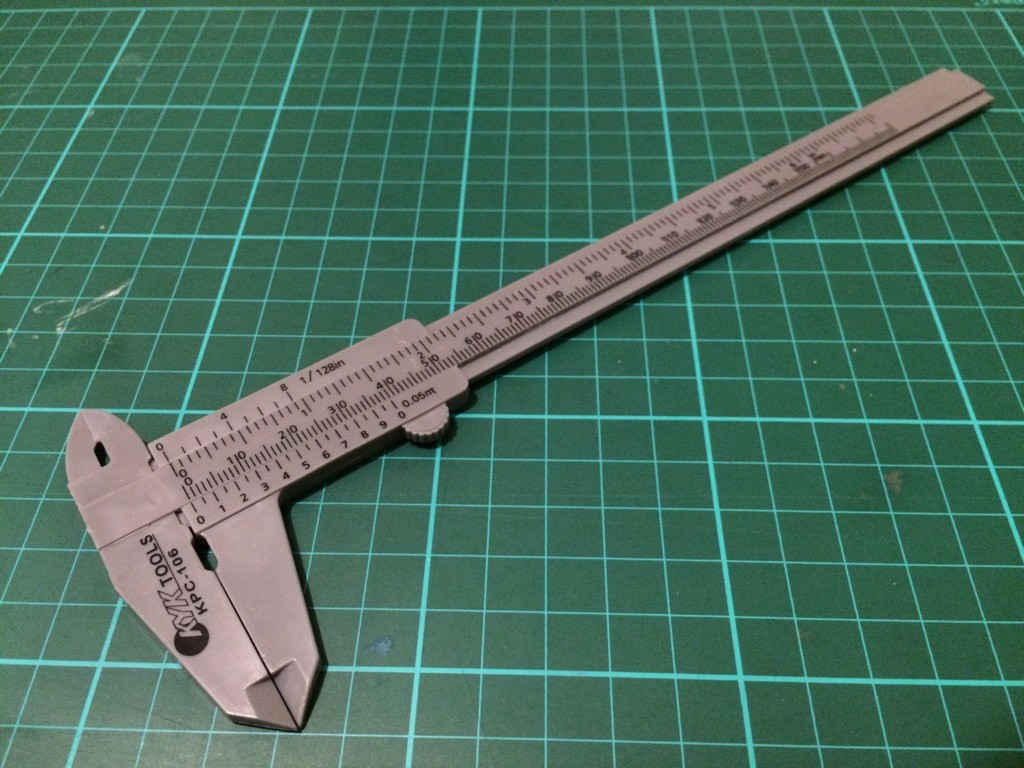FoneScan is a simple and easy-to-use barcode scanning app for your iPhone or iPad:
- Create data file
- Scan items: capture code and count
- Manual entry or correction
- Export scanned data to CSV format and email
- Merge or update your master spreadsheet with the scanned data
Supports the following barcode types:
- QR Code
- Data Matrix
- UPC E
- UPC A
- EAN 8
- EAN 13
- Code 128
- Code 39
- ITF
Do check it out!
